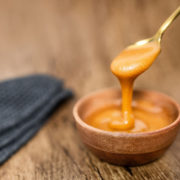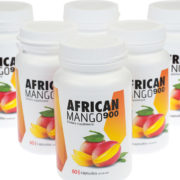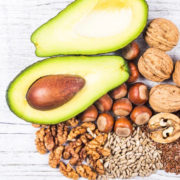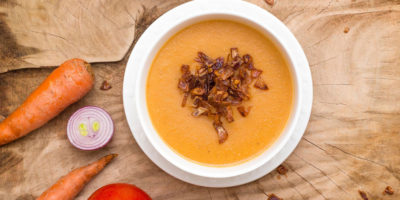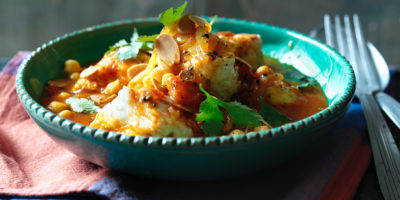Macclesfield, like many other parts of Cheshire, is considered a relatively affluent area, and has been through a number of changes to the industrial heritage of the area.
Located in the east of the county of Cheshire, the geography of Macclesfield is favourable for travel around the area – close to Manchester, Stockport and Chester. It is also less than two hours to London Euston station by train. Road links are good in all directions and the M6 is located to the west for longer distance road travel. Recreationally, the Peak District is close by.
Politically, the constituency of Macclesfield is a safe conservative seat, having been consistently held since the general election of 1918. Macclesfield is a market town and is located within the unitary authority area of Cheshire East since the structural changes to local government implemented in April 2009. Previously, Macclesfield was its own borough, overseen by Cheshire County Council.
A rich history surrounds Macclesfield; whilst there are some different opinions about the origin of the place name, there has been a settlement recorded on this spot since the Domesday Book (called Maclesfield), so it has been populated at least since Saxon times. The borough charter was granted in the 13th century and this is also when notable local landmarks such as St Michael’s Church were built. More large scale changes were made during this century when the Earl of Chester had a manor here, which was surrounded by a deer park, the Royal Forest of Macclesfield. The modern day Macclesfield Forest covers considerably less area than it did all those centuries ago when it grazed not just deer for hunting, but also cows and sheep. On the whole Macclesfield has avoided being a military target, except during the Civil War in the 17th century when it was a Royalist stronghold that was taken by the Parliamentarians. In the Second World War it even managed to escape the depredations of the German Airforce.
Industrially, Macclesfield was the world’s biggest producer of finished silk during the 18th century. This is the process by which it goes from skeins into a thread wound onto bobbins. Originally a home based industry, silk manufacture moved into large shed-like buildings and then when mechanised into mills. The world’s first silk mill was built here. The town is also the original home of Hovis the bread makers. The brand launched in 1886 and was made with a patented wheatgerm flour blend developed by flour miller Richard ‘Stoney’ Smith. In all its history Hovis is known for promoting the heath benefits of its bread and for never using artificial flavourings or preservatives.
Because the industrial importance of Macclesfield for these products and others including coal .One of the last canals to be built in Britain was the Macclesfield Canal, built to access the town, which was some distance from navigable rivers and in awkward geography with highlands to the east. The Macclesfield Canal is fed from two reservoirs because they couldn’t of course take water from rivers intended to run silk or flour mills! The canal was quite a feat of engineering crossing eight aqueducts and several cuttings had to be created, but it was completed in 1831.
Settlers from the area took the name overseas with them – there are two Macclesfields in Australia and one in North Carolina in the United States.
Modern day Macclesfield takes advantage of its excellent geographical location to be a very pleasant place to live. There are a number of tourist attractions including silk museums, stately houses and gardens in and around the town making it a popular destination for visitors.




